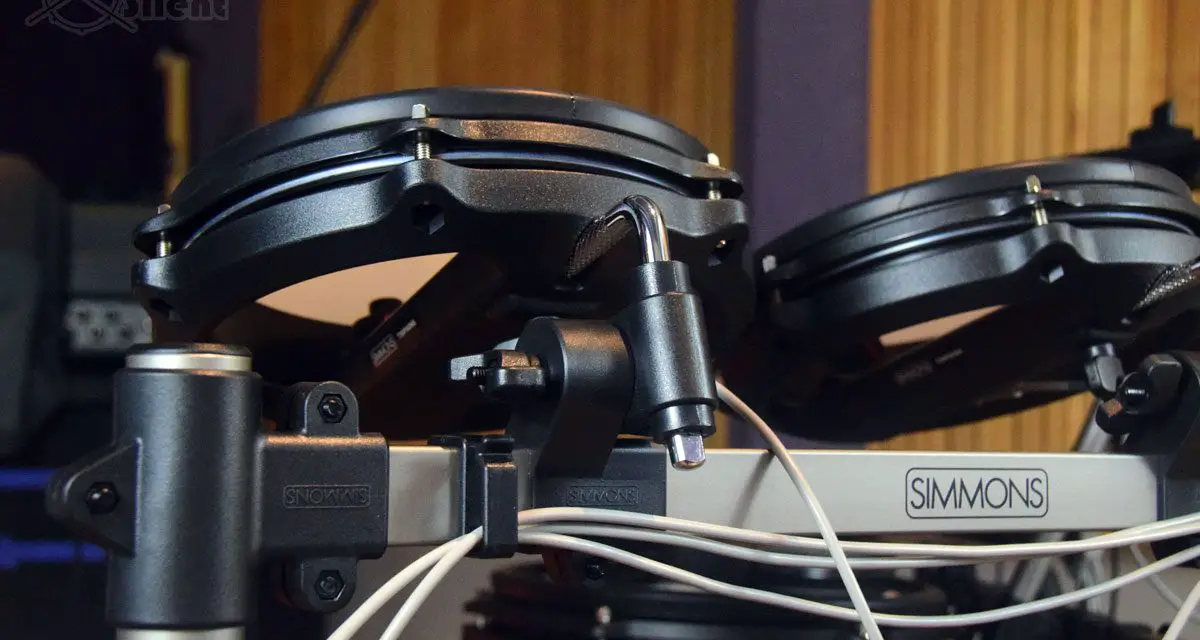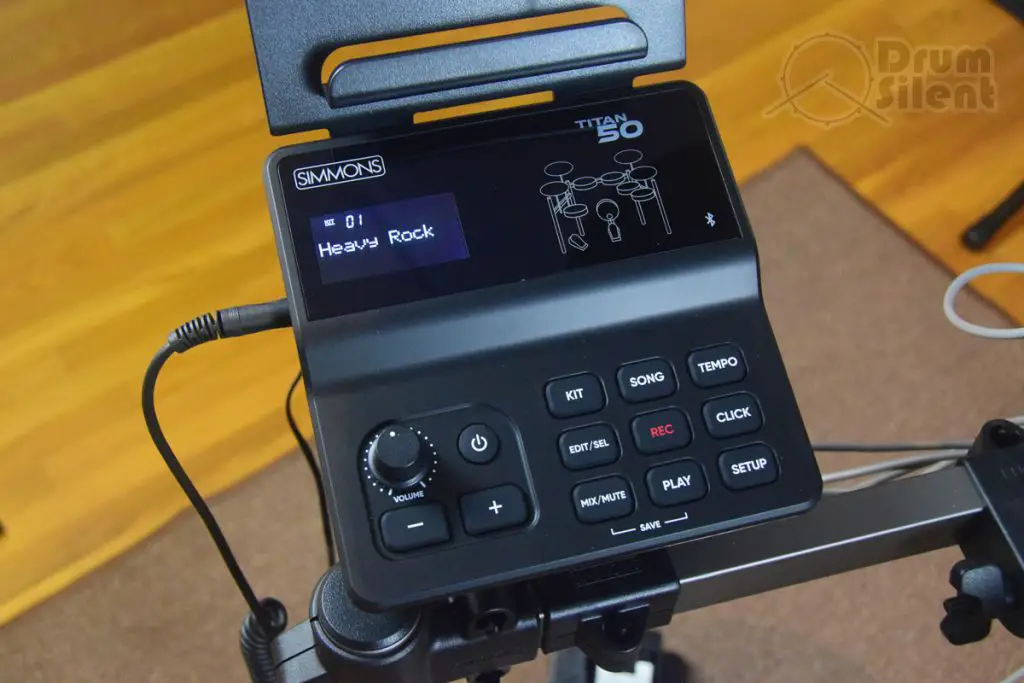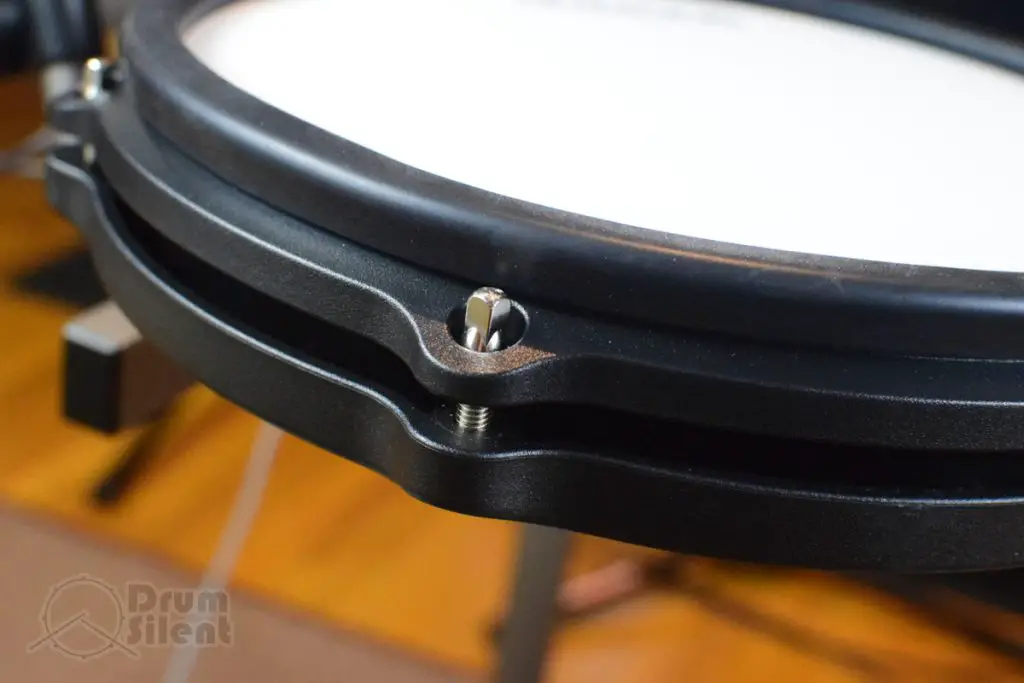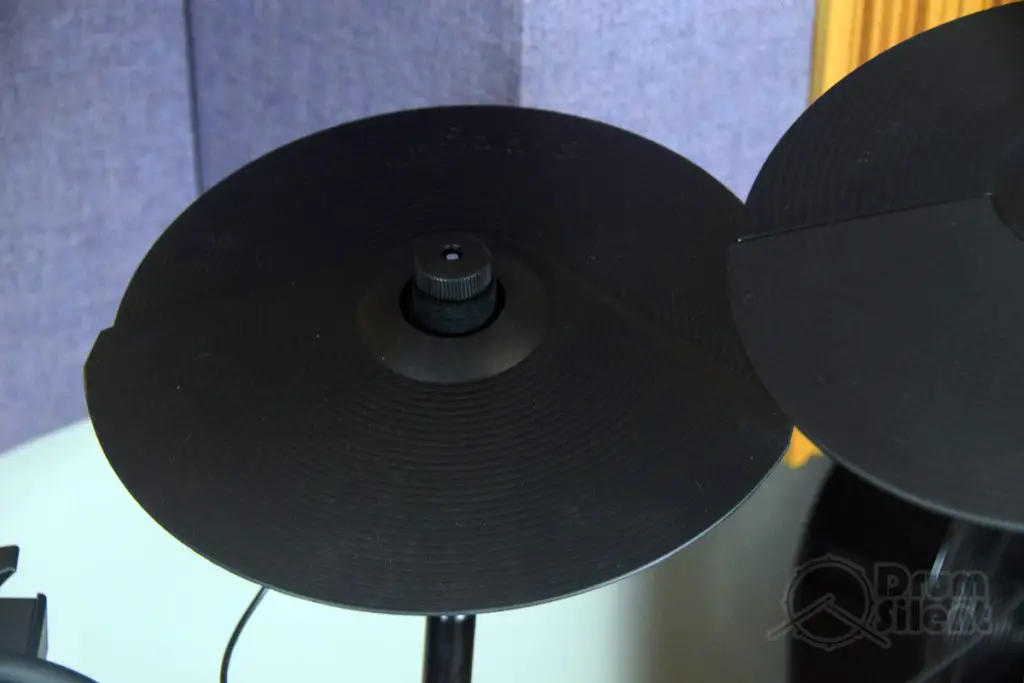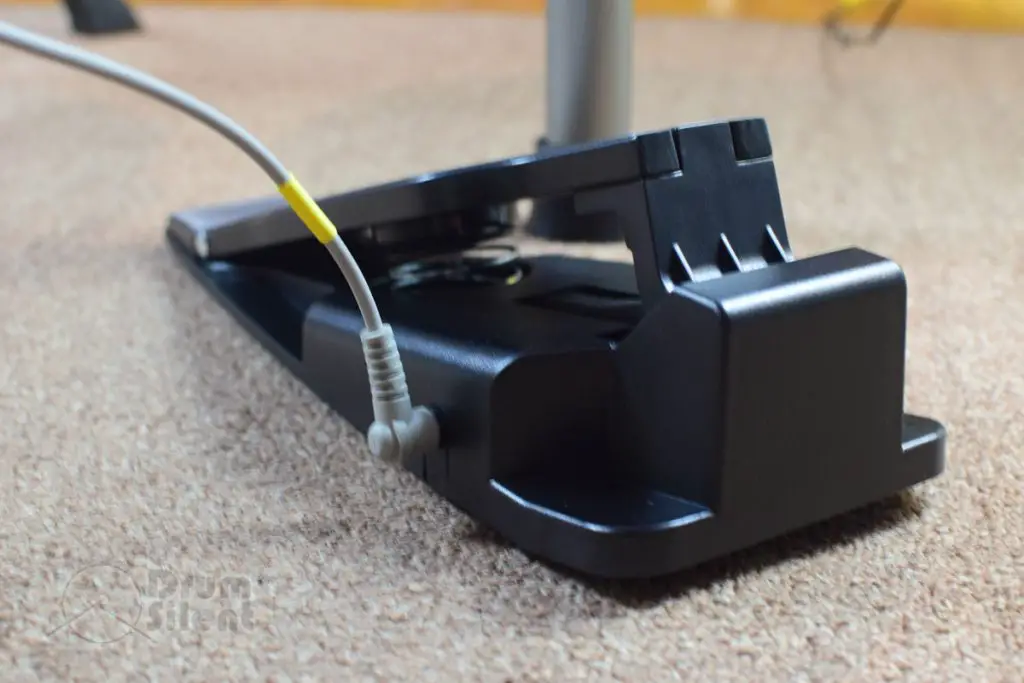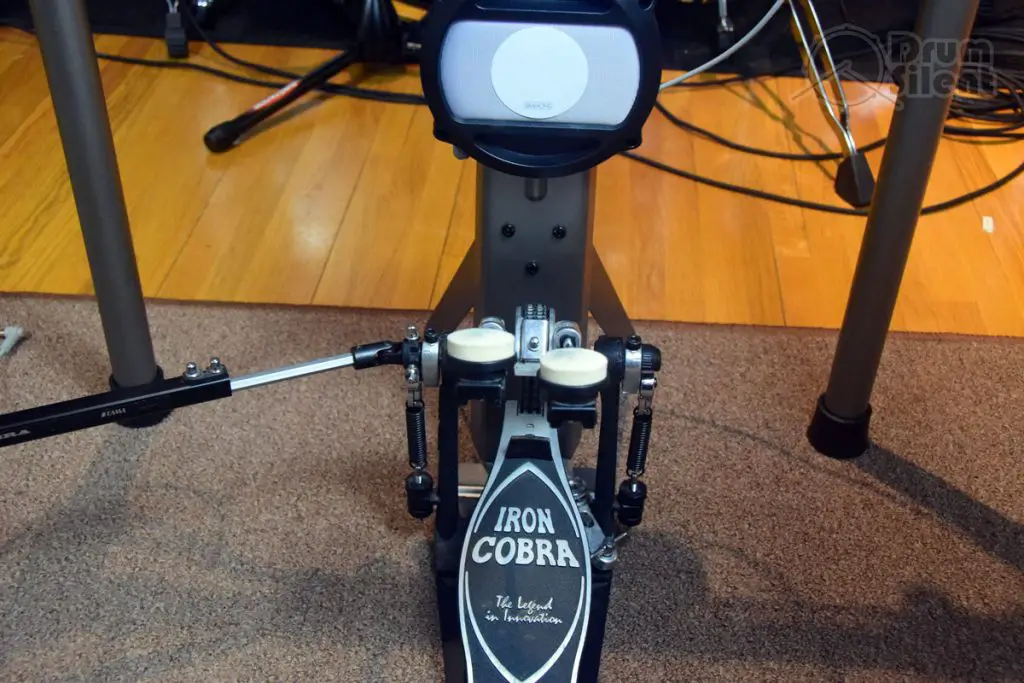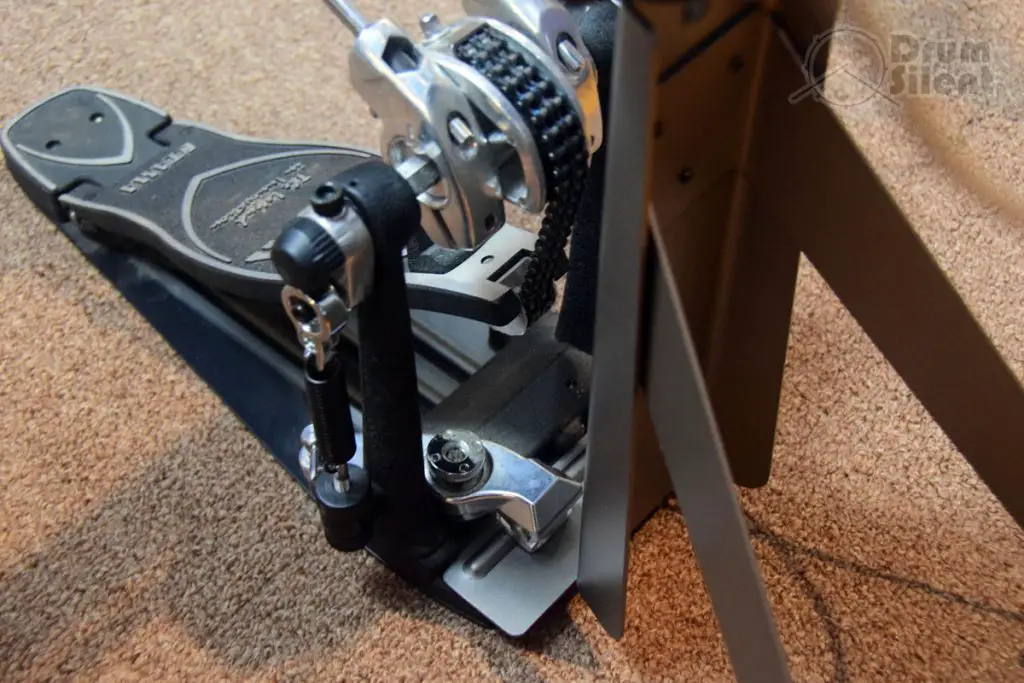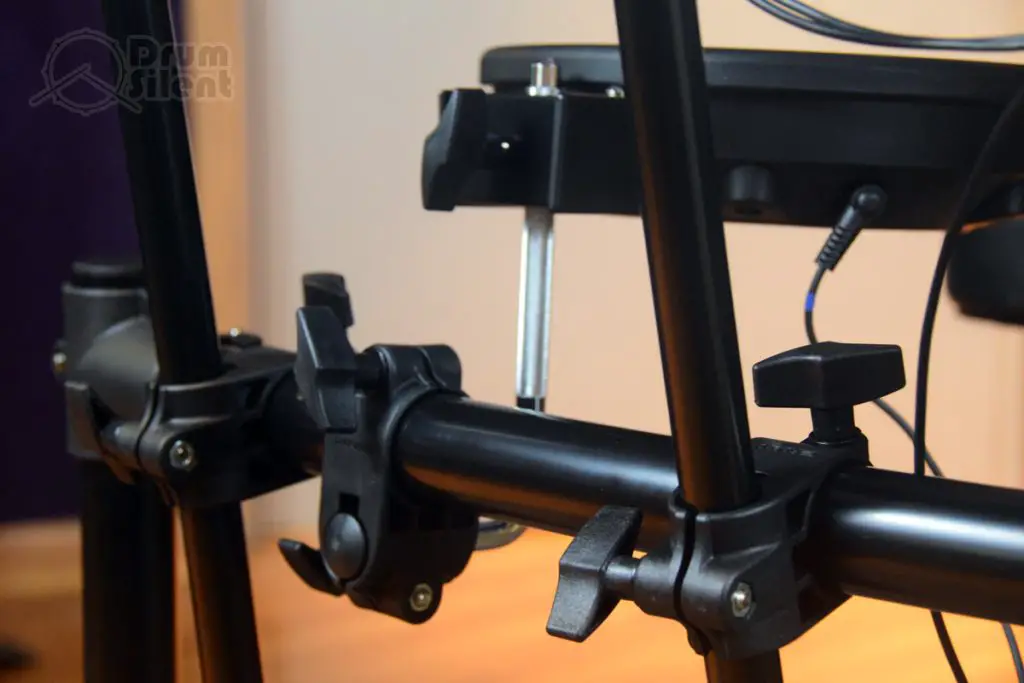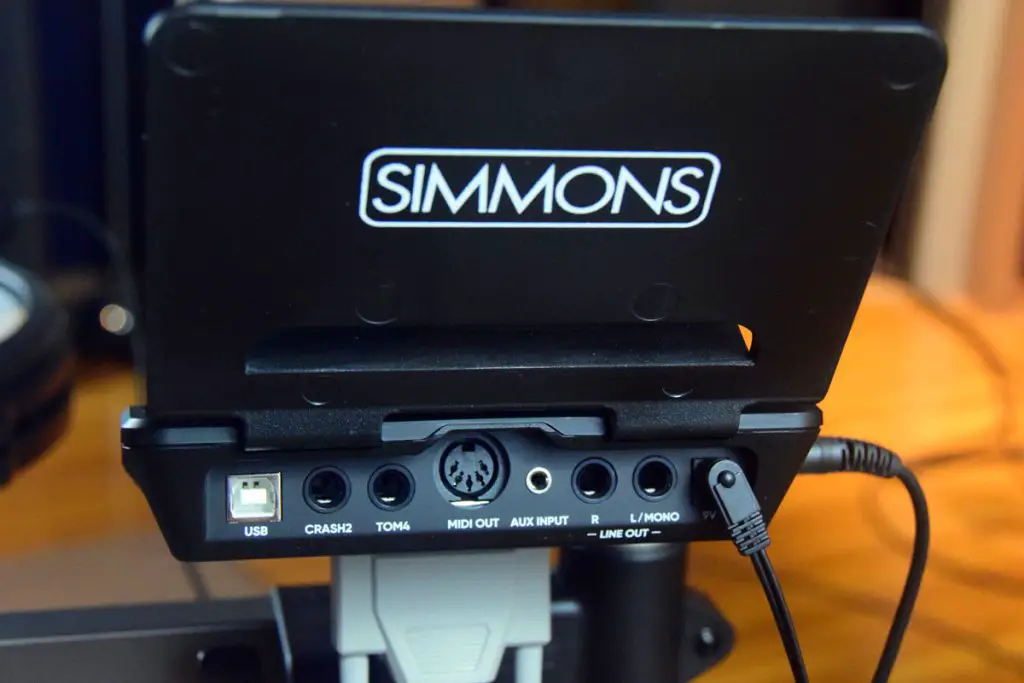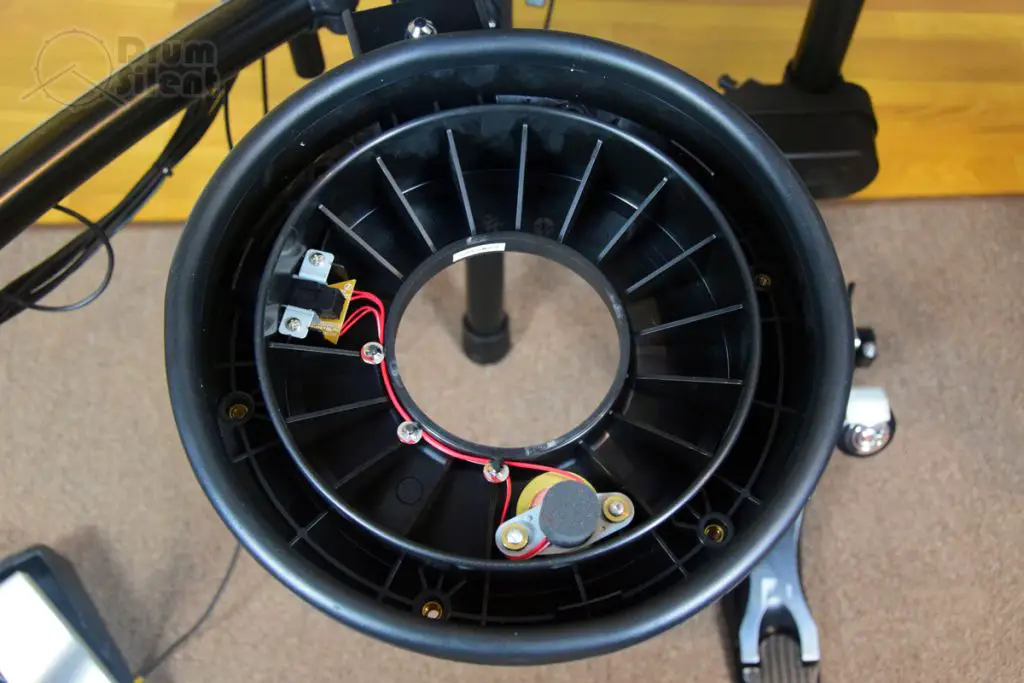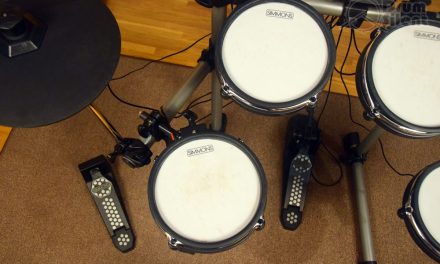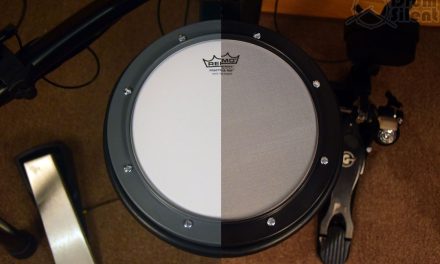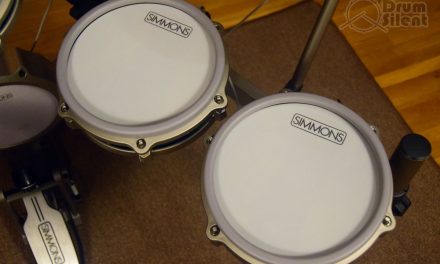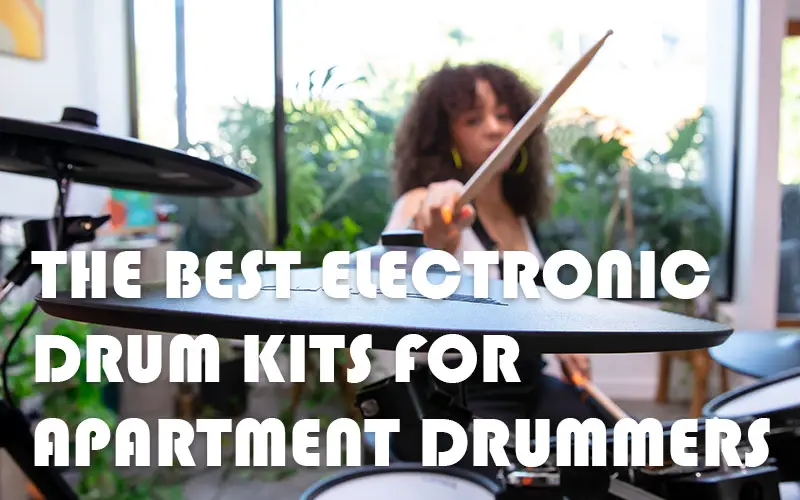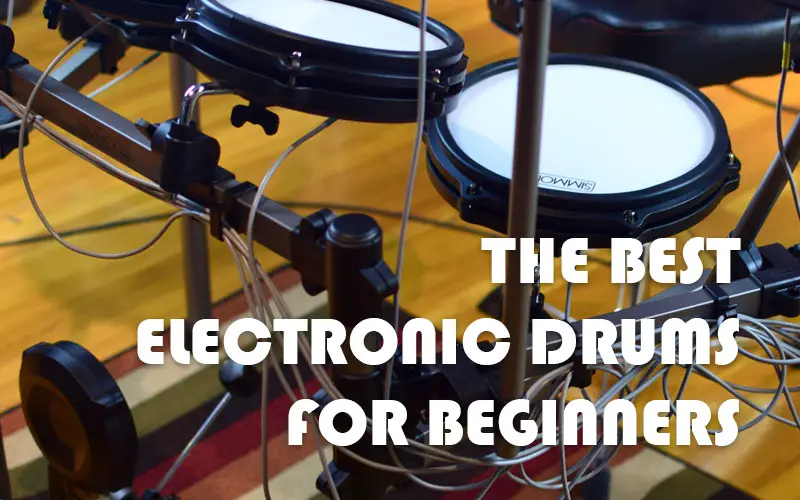There are many things to consider when looking for an electronic drum kit, such as drum module features, pad types, connectivity and more. It doesn’t need to be overwhelming if your newer to electronic drums. Let’s take a closer look at some key features to look for to help you make a more confident decision.
What Features To Look For in a Drum Module
The drum module is the brain of the kit – it’s where all of the pads connect and it’s the part of the drum kit that actually generates the sounds. Drum modules can vary greatly from basic to advanced in terms of features. More basic drum modules usually focus on providing a set of drum kits to play with limited sound editing capabilities. More advanced drum modules have more ways to edit and customize the sound.
As far as what to look for, here’s the types of features you may want to look for in a drum module.
Preset Drum Kits
What types of kits are built in and how do they sound? Do you personally like how the kits sound? Most drum modules will have a nice mix of drum kits built in that cover various popular styles of music. Rock, pop, Americana, funk, metal, electronic and other similar types of kits are common examples of preset drum kit types.
Sound Editing Capabilities
Do you want to be able to edit the drum kit sounds and create custom drum kits? Some drum modules allow you to create new kits using the built in sounds and then saving them to custom user slots. Some budget kits don’t have this option so keep an eye out for that if it’s something you want to be able to do.
Sound Effects
Do you want to be able to adjust effects such as reverb and compression for drum sounds? Most drum kits at a minimum have level and panning features for the sounds around the kit. But more advanced effects like being able to adjust the amount of reverb for just the snare drum, or changing the amount of compression for the entire drum kit – these are usually only found in more advanced drum modules.
Connectivity
Are you going to want to connect your kit to a computer to transmit MIDI or Audio tracks for music production? If you are going to only use your drum kit for practice and only need to be able to plug in some headphones – all drum modules can do that. But if you want to use your drum kit as a controller for a computer or use it to record you’ll want to look more closely at MIDI and USB features.
Most drum modules at a minimum will have a MIDI output for sending MIDI signals to another device. Many drum modules now also have USB connectivity that can transmit both MIDI or audio to a computer for recording or controller purposes. There are also drum modules that can transmit multiple channels of audio over a single USB cable to a computer, which is great for drummers who want to multi-track their audio output.
Coaching and Practice
Are you going to want to use your drum module to practice or learn how to keep time with a metronome? Many drum modules offer coaching features that allow you to play along with various exercises to improve your timing and technique. If you are a beginner and looking for some help to improve your skills this is worth looking for.
Features You Should Look For in the Drum Pads
Most electronic drummers will find drum pads with mesh drum pads to be the most similar in feel to an acoustic drum, and mesh drum heads have more or less taken over the industry. However, there are still rubber pads out there as well for drummers that prefer a rubber pad, and often they can be much cheaper depending on your budget.
When looking at a kit with mesh drum pads, consider the size of the pad and the zones on the pad.
In terms of pad size, many budget kits have smaller sized pads that provide smaller hit targets. An 8 inch snare pad is common for a budget kit. Smaller pads work just fine and the kits they are found on are generally more affordable. On the more expensive end, there are electronic drum kits that have pads that are the same size and have the same look as acoustic drums. If you want a playing experience that translates more to an acoustic drum kit you might want larger drum pads.
Many drum pads also have multi-zone features. What this means is that hitting different parts of the pad can generate different sounds.
A good example is the snare drum. On some snare drum pads you can strike the head and generate a normal snare sound, and you can strike the rim and generate either a cross stick or a rim shot sound. Some more advanced snare pads can also generate rim shots if they detect a strike on the head and rim at the same time. Or they can do a cross stick sound by laying the stick on one side of rim and tapping the other.
Another good example is multi-zone tom pads that can generate sounds from striking both the head or the rim. Depending on the drum module features, you can sometimes assign different drum sounds to the rim of the tom pads. Sometimes you can assign cymbal sounds to the rim of the tom pad. This type of feature can help virtually expand the size of your kit without adding more drum pads.
Features To Look For in the Cymbal Pads
Not all cymbal pads on all electronic drum kits are equal. Some are basic in terms of features and some are quite a bit more advanced. Once again, budget kits will usually have the more basic cymbal pad features and more advanced kits will have fully featured cymbals.
Most kits will have rubber coated, plastic cymbal pads. Feel can vary from kit to kit, but in the end a typical cymbal pad will feel like a rubber pad. Aspects that can affect the feel of the pad include how much it gives and sways when struck, how does a stick rebound, and how many zones does the pad have to generate different types of cymbal strikes.
Keep an eye on how many zones and what zones the cymbal pads have. Typical zones that can be found on cymbal pads are the edge (striking the edge of a cymbal), the bow (striking the bow of a cymbal) and the bell (striking the bell of a cymbal). Most cymbal pads will also have a choke feature where you can grab the edge of the cymbal to mute it.
The amount of zones on cymbal pads can vary wildly from budget to advanced drum kits. Budget kits will often have single zone cymbal pads with a choke. It’s also common to find budget kits where there is NO bell zone on the ride cymbal. In those instances the bell sound is usually generated by striking the pad with more force.
Make sure to look closely at the the cymbal pad zones to make sure they’ll be suitable for how you want to be able to play.
Features To Look For in the Hi-Hats
The hi-hats are a little more specialized on most electronic drum kits since they work along with a foot pedal to control the open/closed sounds.
On the budget level, most hi-hat pads will be one of the smaller, more basic pads available from the manufacturer in question. The hi-hats will be controlled with an electronic foot pedal. In this price range, you can expect the hi-hats to sufficiently generate open, half-open, and closed sounds and in most cases you can also do hi-hat foot taps where you generate a hi-hat sound by tapping on the foot pedal controller.
As you look at more advanced kits, depending on the hardware and drum module you start to find more advanced hi-hat features. There might be more variation in sounds between the fully open and fully closed range. There is usually more nuance in the sounds to help make the hi-hats sound more natural and less artificial. You might also find the ability to foot splashes.
There are also hi-hat pads that can be mounted onto a normal hi-hat stand. This helps to increase the realistic feel of the hi-hats since you can use a familiar stand and foot pedal which will feel just like an acoustic hi-hat in terms of pedal action.
Depending on your style and level of play, more advanced hi-hats might be something you’ll want to invest in. Most budget kits work fine in the hi-hat department but it’s one of the areas where you’ll see a big jump in terms of feel and sound quality as you move up to more advanced hi-hat pads and drum modules.
Kick Pad Considerations
The biggest point to consider with the kick pad is whether or not you want to use a double kick bass pedal. If you want to use a double bass pedal, you’ll need to make sure that the pad that comes with the kit is wide enough for both beaters, has good enough sensitivity and response for faster double kick speeds, and has sufficient space to clip on or attach your favorite double bass pedal.
This is an area that can be a little trickier to figure out at the budget levels. Some budget kits either have kick pads that are too small or the pad design doesn’t lend itself well to use double bass pedal. Look for pads that are at least 6 inches wide to support two beaters side by side. Also make sure that there is a sufficient sized clip to attach your double bass pedal and keep it secured solidly to the pad.
I’ve had pretty good luck with Iron Cobra’s working on smaller kick pads, but some other specialized double bass pedals might not work as well depending on the alignment of the beaters and the attachment clip.
What Features Should You Look For in a Drum Rack?
The drum rack is something that should be taken into consideration when buying a kit. When you purchase a kit, you might have certain goals that the drum rack can help fulfill.
The main thing to consider here is the size of the drum rack. Is it large enough to support any extra pads you might want to add? Is it small enough to fit into your practice spot at home?
Another thing to think about it portability and ability to be stored. Can it be folded up easily for transport or storage if you need to go that route? Will it fit in the trunk of your car without taking it apart fully? Those could be worth taking into consideration depending on how you plan to use your kit.
Features for Drum Kit Expansion
If you are the type that likes to upgrade then it’s good to look out for expansion features. This could include the ability to upgrade pads around the kit or to add more pads to the lineup.
Adding More Drum and Cymbal Pads
Take a look at the drum module for any kit you are interested in and look for extra inputs, which are usually labeled for extra crash or tom pads. Some of the more basic kits even have extra inputs for another tom or crash cymbal pads, which are the most common upgrades.
Upgrading Drum and Cymbal Pads
Another thing to watch out for is the ability to upgrade drum pads. On most kits you can swap in new drum pads without issue as long as the amount of zones matches up with what the drum module can handle. Let’s say you purchase a budget level kit but find the snare pad to be too small for your liking after spending some time with it. You can likely buy a larger snare pad and add it to your kit, as long as it shares the same type of mounts as your rack hardware uses and the same type of connectivity as your module will allow.
Build Quality Considerations
One thing that’s a little tougher to figure out without using an electronic kit for longer is the build quality. Often times weaknesses in quality won’t show themselves until you hammer away on a kit for many hours. It can be worthwhile to try to find feedback from other people who have used kits for extended periods of time to get a better gauge of build quality.
Without actually using a kit for a while, there are some things you can look for to help determine the build quality.
Brand is a good start. Some brands are better known for higher quality drum parts. Roland is a good example of a brand that is known for good quality. Their stuff can be a little more pricey, but you’ll have a good chance of getting longer lasting hardware as well.
On the rack you can look for quality of hardware mounts and how well everything stays in place during play. A good rack will also be fairly sturdy and not overly wobbly.
Pads are harder to determine quality without playing them, but generally look for better feeling rubber on the cymbals and firm, tight mesh heads on the pads. If you see warping or bubbling with any rubber pad surfaces, that could be a sign of lower quality.
Sensors inside the pads are something that you’ll need to most likely rely on third party feedback without extensive quality testing yourself.
Always Keep Your Budget in Consideration
Once you start to look at more kits and compare the features, you can easily get trapped into feeling like you need to spend more than you have budgeted to get what you want. There’s always going to be a better option if you just spend a little more. Don’t let that take you down a path of spending more than you can afford.
Keep in mind that you can always expand or upgrade kits down the road once you have a little more money to put into it, so you don’t need to go crazy with your first electronic drum kit purchase. In fact, it’s probably better for somebody who is new to electronic kits to go for a budget level kit first to get a good feel for what a cheaper kit is like, so that when you upgrade you have a better understanding of which features are more important to you and where it’s best to put that extra money.
Personally, I’ve been perfectly happy with many cheaper I’ve tried and have done simple upgrades like adding another cymbal or tom pad, or upgrading to a larger snare pad to increase the playability over time.
If you’re not sure where to start with setting a budget for a drum kit we have some recommendations regarding how much you should spend on an electronic drum kit.

